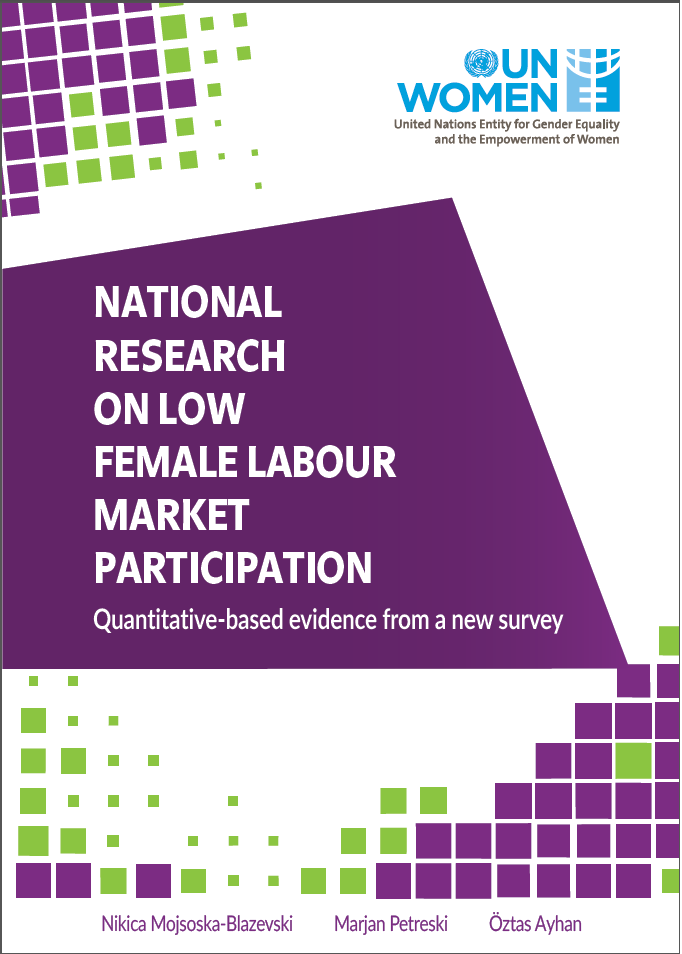
National Research on Low Female Labour Market Participation (Quantitative based evidence from a new survey)

Despite the general awareness of gender differences in the labour market, the issue of low participation of women has not received large interest in the public debate so far. There is also lack of well-documented, large-scale research in this area, leaving us with little understanding of the phenomenon and its underlying causes. The aim of this study is to describe and profile “female labour market inactivity”, as well to unveil the main factors behind the low female participation in the Macedonian labour market, with the final objective to provide evidence for creation of policies. Readers should note that the term “labour market inactivity” is used by statistical offices and in the labour-market literature as referring to cases where the person is unemployed and is not seeking employment. On the other hand, from a feminist-economics perspective, it does not aim to refute the unpaid work done by women within the household. This is the first study that examines the female inactivity in detail, based on a large, representative sample of women in the Former Yugoslav Republic of Macedonia. Data enables us to develop a profile of the “typical” inactive woman in the country, which can be then used to design policies to promote increased participation of women in the labour market, with particular emphasis on those women whose inactivity is not their individual choice.